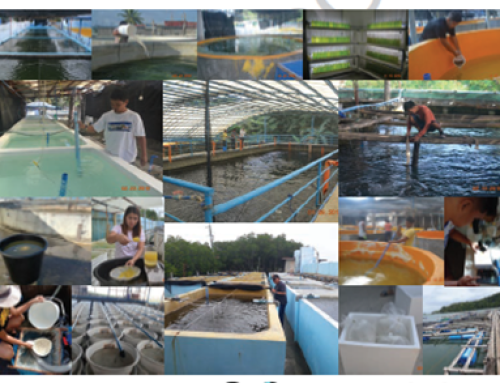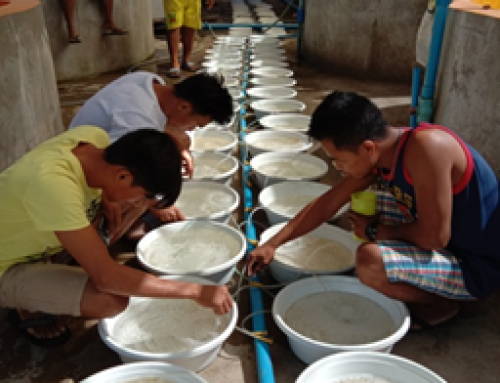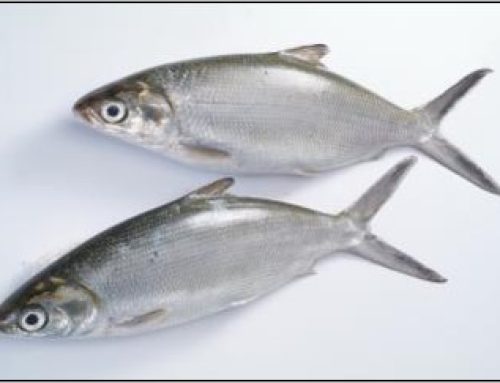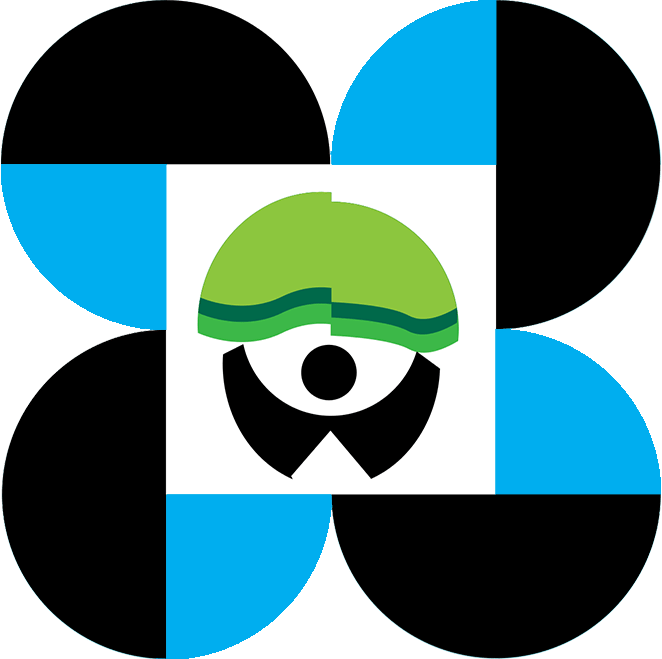In this Article
Automated and mechanized feeding systems are indispensable in smart aquaculture where precision and efficiency are imperative. However, the adoption of highly-sophisticated feeding systems can be cost-prohibitive. Researchers have developed prototypes of automated mechanical top and bottom feeders at a cost of PhP10,000-12,000 per unit which is 50% cheaper than commercially available imported feeders.
The automatic surface feeder is designed to distribute feeds at the water surface with a straight feed spreader to cover a larger area. These feeders are used to cut labor costs, which in turn contribute to the reduction of overall production costs, improved product quality, and minimized wastes by maximizing feed utilization.
Meanwhile, the automatic bottom feeder dispenses feeds from the cage bottom towards the surface. The overall design was considered based on cost and efficiency in cage operation, and the tool can be operated remotely to compensate for the need to have on-site monitoring and additional labor.
Use of extruded pellets and improved feed access through surface and bottom feeding in high density milkfish culture have been shown to increase yield by about 50% and annual return on investment (ROI) of 200%. With the innovations, days of culture (DOC) were shorter (from 180 days to120 days), feed conversion ratio (FCR) lower (from 2.7 to 2.02) and fish were bigger (from 250-350 g ABW to 450-500 g ABW). These results need to be validated in larger cages before the technologies and culture protocols are made available to commercial cage operations.










